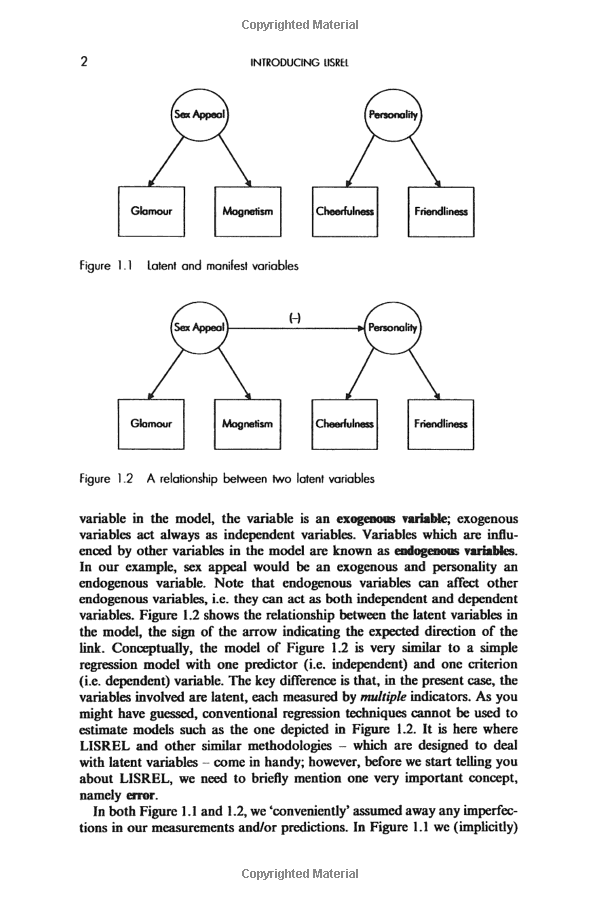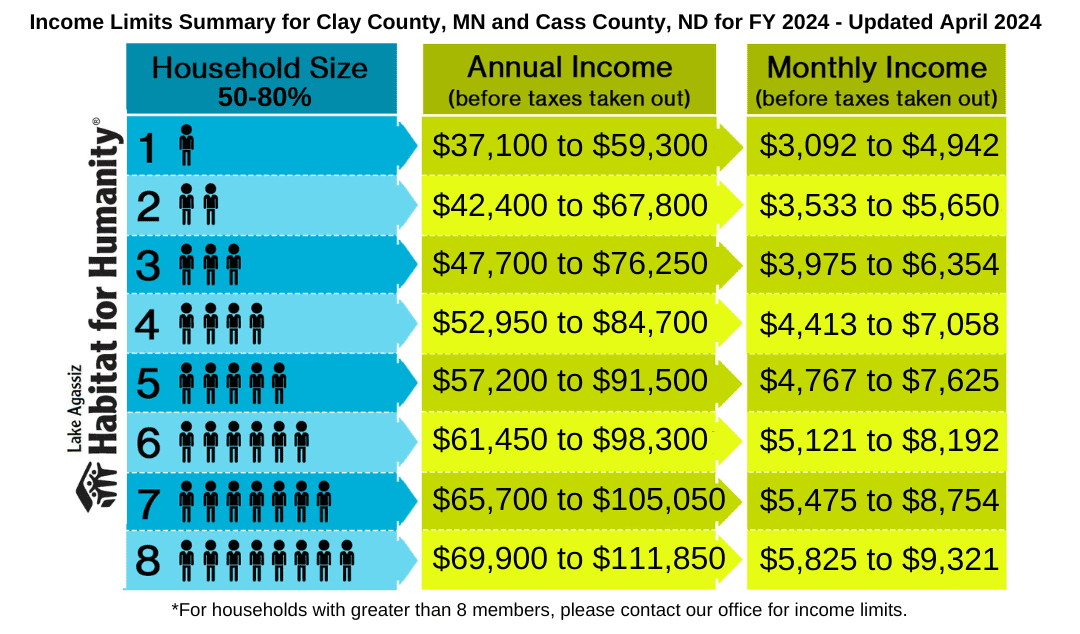Understanding Family Loan Rates and IRS Regulations: A Comprehensive Guide
#### Family Loan Rate IRSWhen it comes to borrowing money from family members, understanding the implications of the family loan rate IRS regulations is cru……
#### Family Loan Rate IRS
When it comes to borrowing money from family members, understanding the implications of the family loan rate IRS regulations is crucial. Family loans can be a great way to provide financial support without the complexities of traditional lending institutions. However, the IRS has specific guidelines that must be followed to avoid unintended tax consequences.
#### The Importance of Family Loan Rates
Family loan rates refer to the interest rates applied to loans made between family members. The IRS establishes minimum interest rates known as Applicable Federal Rates (AFRs), which must be adhered to in order for the loan to not be classified as a gift. If the interest rate on the family loan is lower than the AFR, the IRS may consider the difference as a gift, which can have tax implications for both the lender and the borrower.
#### IRS Guidelines on Family Loans
The IRS has set forth guidelines regarding family loans to ensure that they are treated fairly and transparently. When a family loan is established, it’s essential to document the agreement thoroughly. This includes outlining the loan amount, interest rate, repayment schedule, and any collateral involved. Proper documentation can help substantiate the loan in case of an IRS audit.

#### Calculating Family Loan Rates
To calculate the family loan rate, one must refer to the IRS’s AFR tables, which are published monthly. These rates vary depending on the term of the loan (short-term, mid-term, or long-term) and are influenced by current economic conditions. For example, if a family member borrows money for a short-term loan, the applicable federal rate might be lower than that of a long-term loan.
#### Tax Implications of Family Loans
Understanding the tax implications of family loans is vital. If the interest on the loan is set below the AFR, the IRS may impose a tax on the imputed interest, which is the difference between the AFR and the actual interest charged. This can lead to unexpected tax liabilities for both the lender and the borrower. Additionally, if the loan is not repaid, it could be considered a gift, which may also trigger gift tax considerations.
#### Best Practices for Family Loans

To navigate the complexities of family loans and IRS regulations, consider the following best practices:
1. **Set a Formal Agreement**: Always draft a written agreement that details the terms of the loan, including interest rates and repayment schedules.
2. **Use AFR as a Benchmark**: Ensure that the interest rate charged is at least equal to the AFR to avoid gift tax implications.
3. **Document Payments**: Keep records of all payments made towards the loan to demonstrate compliance with the terms of the agreement.
4. **Consult a Tax Professional**: Before entering into a family loan, it’s advisable to consult with a tax professional who can provide guidance tailored to your specific situation.

5. **Review Regularly**: Periodically review the loan agreement and interest rates to ensure they remain compliant with IRS regulations.
In conclusion, while family loans can be a helpful financial tool, it’s essential to be aware of the family loan rate IRS regulations. By understanding the guidelines and implementing best practices, families can provide support to one another without falling into tax traps. Proper planning and documentation are key to ensuring that these loans benefit everyone involved without unintended consequences.